
Bathroom
Slanted Roof Bathrooms and Shower Design Ideas
11.22.2025
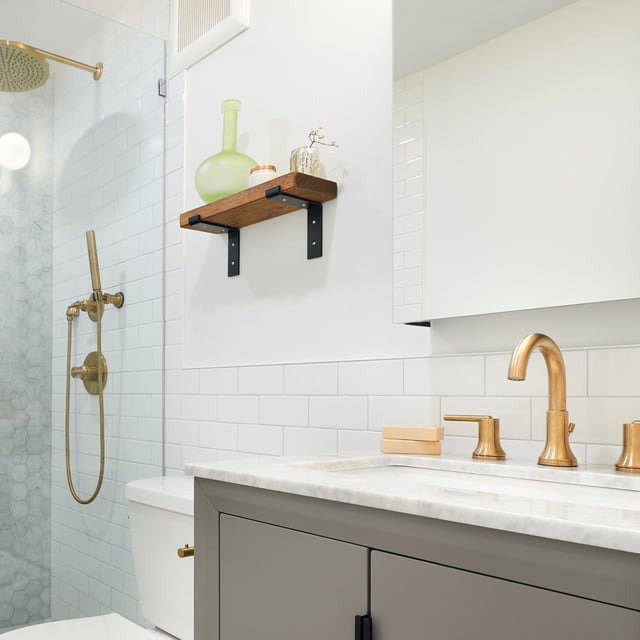
In This Article
Mixing metals in the bathroom isn’t about chasing a trend—it’s about creating a space that feels layered, balanced, and personal. Matching every faucet, handle, and towel bar is no longer the rule. The most inviting bathrooms today combine finishes with intention—think warm brass against cool chrome, or matte black hardware paired with polished nickel. Done right, the mix adds depth and character without feeling chaotic. The key is following a few simple principles to keep the look cohesive and purposeful.
Perfect Every Detail of Your Bathroom

Start by selecting one metal finish to serve as the anchor for your space. This dominant finish should appear in the most prominent bathroom fixtures, such as your faucet, showerhead, or lighting. By establishing a clear foundation, you create visual order and make it easier to layer in accent metals without overwhelming the room.

While it’s tempting to use every finish you love, restraint is key. Stick to two or, at most, three different metals in a single bathroom. This keeps the look intentional and prevents the space from feeling cluttered or haphazard. If you’re new to mixing finishes, try pairing a warm tone (like brass or gold) with a cool tone (like chrome or nickel) for a balanced effect.
To make the mixing look deliberate and not accidental, make sure every metal finish appears in at least two places. For example, if you introduce gold with a faucet, echo it in your mirror frame or cabinet hardware. Even small touches, like a soap dispenser or towel hook, can reinforce your chosen palette.
Pay attention to the undertones of each metal. Warm metals (brass, gold, copper) pair well with other warm finishes, while cool metals (chrome, nickel, stainless steel) complement each other. Mixing warm and cool can work beautifully, but it’s important to balance them so one doesn’t overpower the other. If you’re unsure, hold samples together in your space to see how they interact with your lighting and color scheme.
Contrast is what makes mixed metals visually interesting. Don’t be afraid to pair cool-toned chrome with warm brass, or brushed nickel with matte black. The interplay between finishes adds depth and dimension, especially when you vary the sheen and texture. Just be sure to distribute contrasting finishes evenly throughout the space, so one area doesn’t feel heavier or more “decorated” than another.
Metals often carry strong associations with particular design styles, making it important to stay cohesive when mixing finishes. For example, chrome and stainless steel are commonly linked with modern, sleek spaces thanks to their cool shine and streamlined appearance. Comparatively, metals like brass, bronze, and copper tend to evoke a more traditional, vintage, or rustic feel.
To achieve a polished look, choose metals that speak the same visual language. If your bathroom leans contemporary, pair polished chrome with matte black or brushed nickel for a sophisticated, unified effect. For a farmhouse or Art Deco vibe, consider warm-toned metals like copper and antiqued brass. Keeping all your metals within one thematic family helps your space feel intentional and harmonious so your metal mix enhances, rather than disrupts, your bathroom’s overall style.
Your metals don’t exist in a vacuum—consider how they interact with tile, paint, wood, and textiles. A marble countertop can soften the look of bold black hardware, while warm wood tones can bridge the gap between gold and chrome. Use mirrors, lighting, and even towels to echo or balance your metal choices, creating a space that feels harmonious from every angle.
Avoid clustering all of one finish in a single area. Even distribution ensures the eye moves comfortably around the room and that no single zone feels out of place. For example, if you use gold on your vanity hardware, consider echoing it in your lighting or shower fixtures on the opposite side of the room.
Some metals are better suited for certain fixtures due to durability or maintenance. For example, chrome is easy to clean and ideal for faucets, while brass or black finishes can add drama to lighting or hardware. Let the function of each element help determine which finish to use where, ensuring your design is both beautiful and practical.
If you’re hesitant to mix metals in your bathroom’s design, keep all your “installed” metals—like faucets, showerheads, and light fixtures—in the same finish. This creates a unified foundation that won’t feel disjointed. You can still bring in a second metal through easily swapped accents like cabinet knobs, mirrors, and small accessories. This strategy offers the best of both worlds—ensuring consistency with your main fixtures while giving you the flexibility to experiment with different finishes, all without making a permanent commitment.
Curious how chrome and gold bathroom faucets might look with matte black hardware? Block’s free Bathroom Visualizer lets you mix and match metal finishes, colors, and materials in a digital model of your space. Instantly see how different combinations work together, and save your favorites for reference as you shop or plan your renovation.
For a more detailed approach, Block’s Renovation Studio allows you to build out your entire bathroom design, including fixtures, hardware, and finishes. As you experiment with different metal combinations, you’ll see real-time budget estimates and can adjust your plan to fit your style and your investment. It’s a practical way to make confident decisions before any remodel starts.
Bring Your Dream Bathroom to Life

Mixing metals is just one way to bring personality and polish to your bathroom. Whether you’re planning a full renovation or a simple refresh, Block connects you with experienced professionals, transparent pricing, and digital tools that make every step easier. When you’re ready to create a bathroom that feels uniquely yours, Block is here to help you bring your vision to life.

Written by Block Renovation
What are the best metal combinations for bathrooms?
Is it okay to mix chrome and gold bathroom faucets?
What types of metal are best suited for bathrooms?
The best metals for bathrooms are those that combine durability, moisture resistance, and easy maintenance while supporting your design vision. Chrome is a classic choice—highly resistant to rust and corrosion, easy to clean, and versatile enough for both modern and traditional spaces. Brushed nickel offers a soft, matte look that hides fingerprints and water spots, while polished nickel brings a warmer, more luxurious feel. Brass, especially in unlacquered or brushed finishes, adds warmth and character, and modern treatments make it more practical for bathrooms than ever before. Matte black is bold, resists fingerprints, and pairs well with almost any other metal, making it a favorite for contemporary and minimalist designs. Stainless steel is extremely durable and rust-resistant, ideal for high-use spaces, and oil-rubbed bronze brings depth and a sense of history, especially in traditional or farmhouse-inspired bathrooms.
Ultimately, the best metal for your bathroom depends on your style, how much maintenance you want to do, and how the finish coordinates with your other design elements. Most homeowners find success by choosing one or two of these reliable finishes and repeating them throughout the space for a cohesive, balanced look.
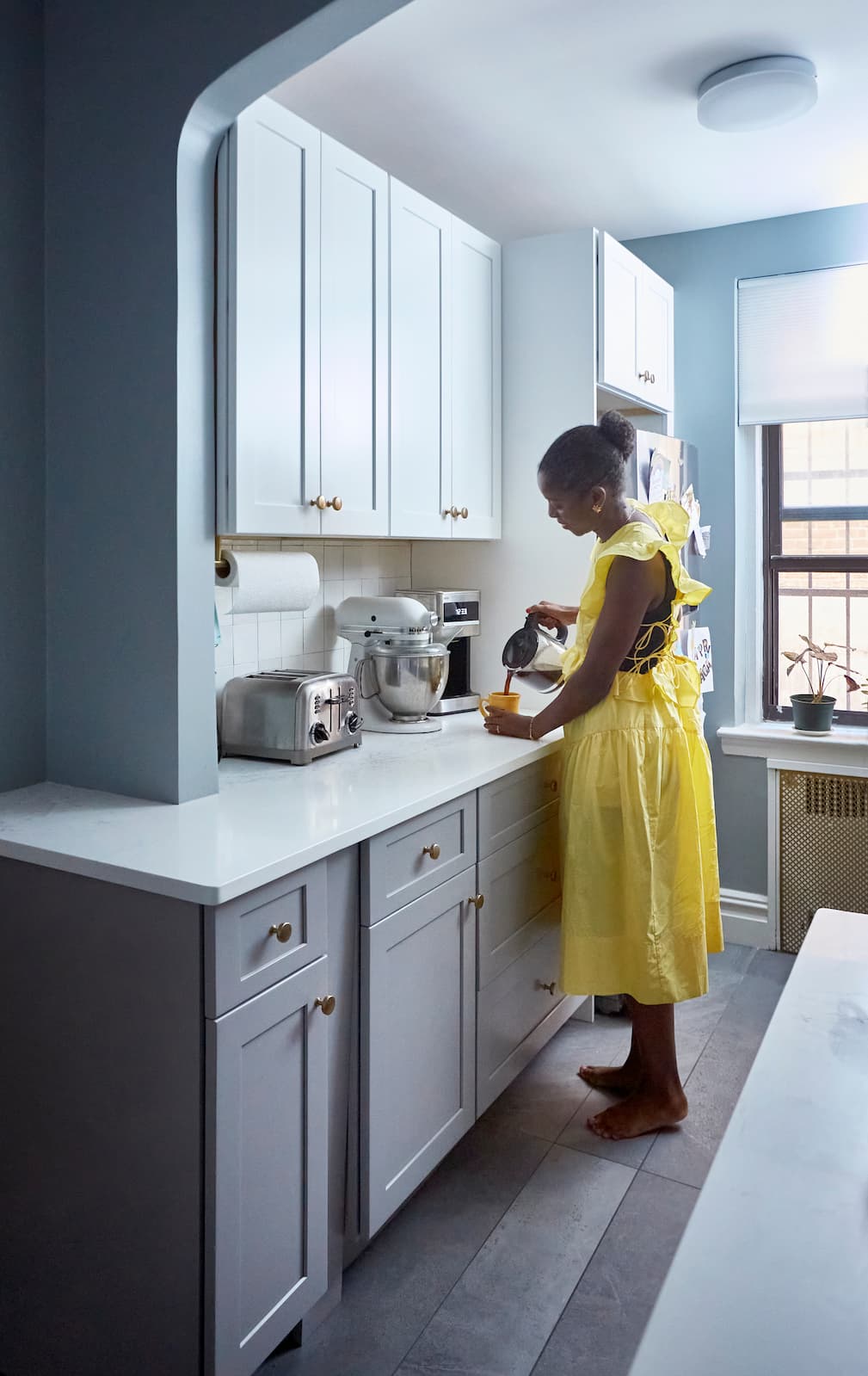
Renovate confidently with Block
Easily compare quotes from top quality contractors, and get peace of mind with warranty & price protections.
Thousands of homeowners have renovated with Block

4.5 Stars (100+)

4.7 Stars (100+)

4.5 Stars (75+)

Bathroom
Slanted Roof Bathrooms and Shower Design Ideas
11.22.2025

Bathroom
Choosing Bathroom Fixture Finishes - Inspiration & FAQ
10.22.2025
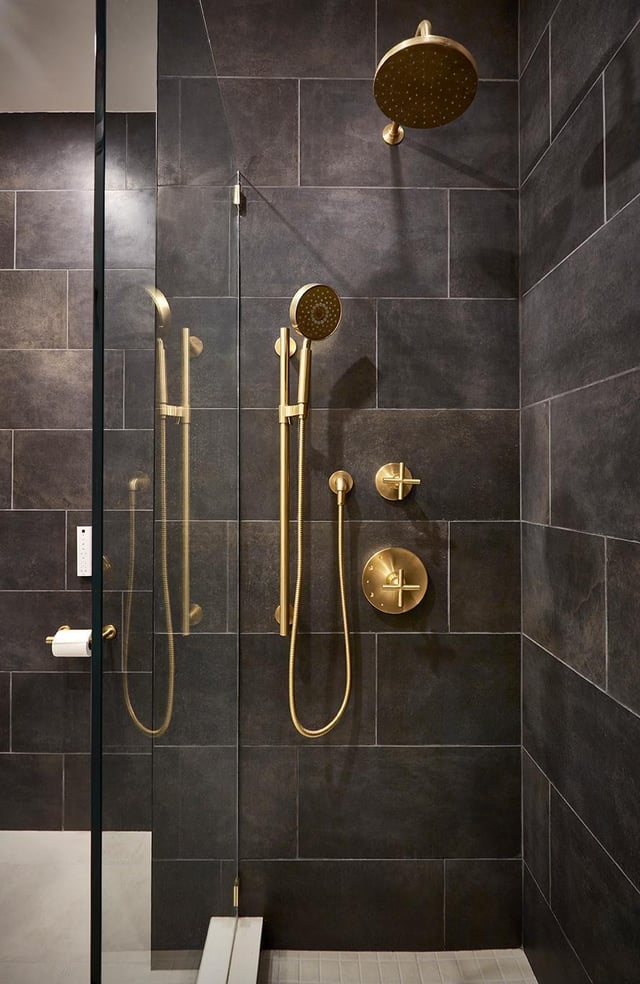
Bathroom
Designing a 40-Square Foot Bathroom? Here’s What Actually Matters
10.22.2025
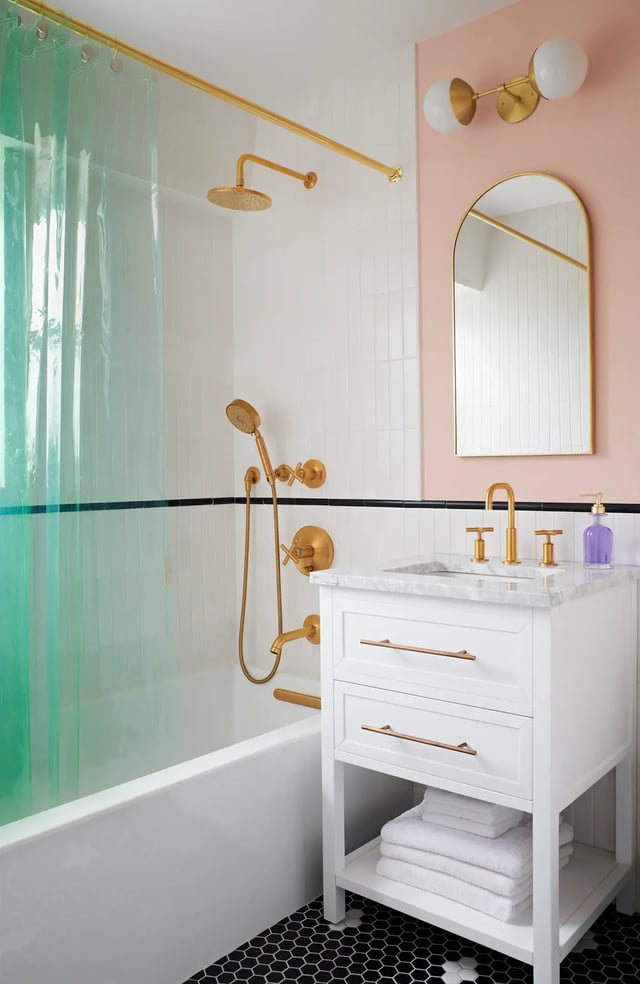
Bathroom
Different Types of Bathroom Sinks
10.22.2025
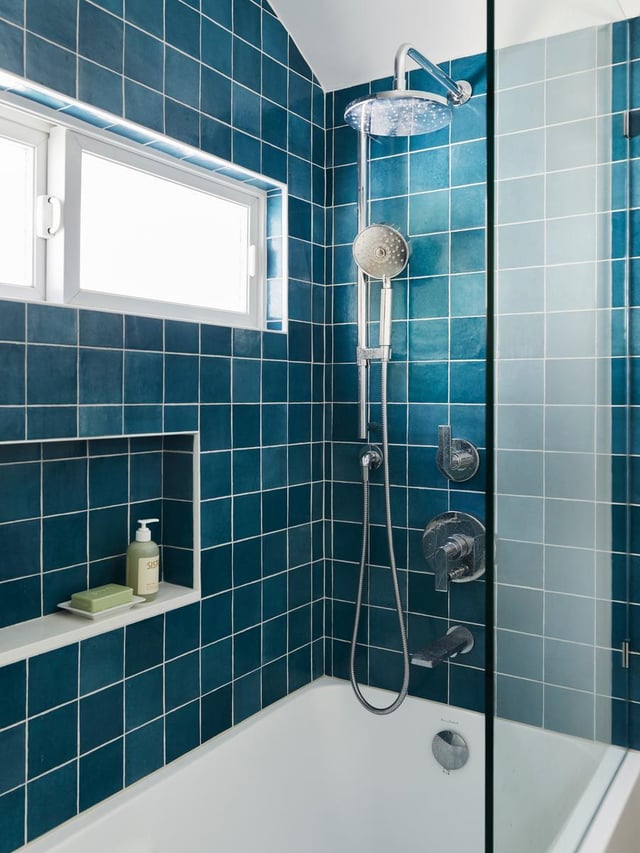
Bathroom
Showers with Windows to Inspire Your Bathroom Design
10.22.2025
Renovate confidently